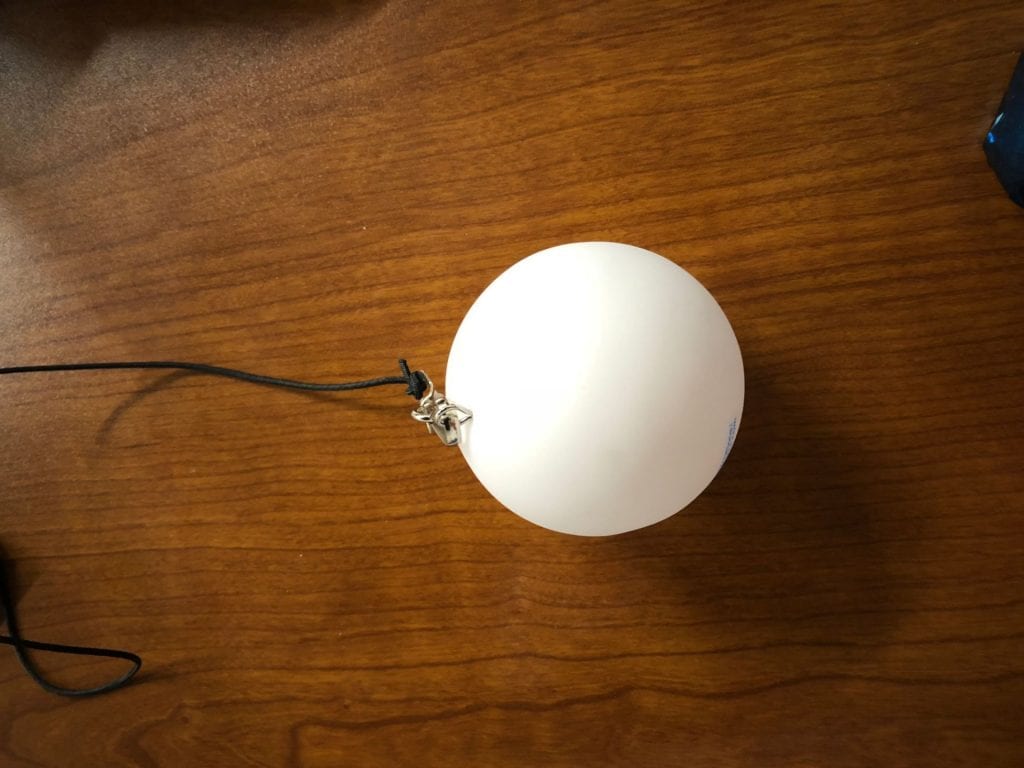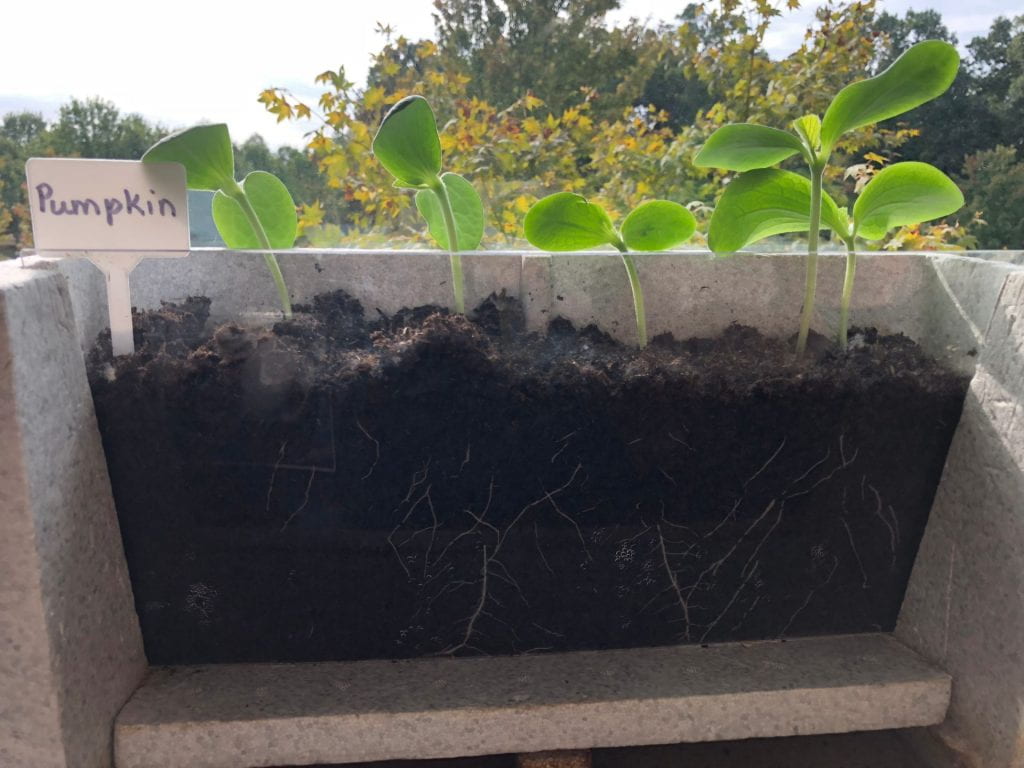New ActivPanel
So privileged to be at a school where we stay current with technology. My new ActivPanel was just installed. Love learning new ways to enhance instruction! Click here to find out more.
So privileged to be at a school where we stay current with technology. My new ActivPanel was just installed. Love learning new ways to enhance instruction! Click here to find out more.
I joined the kindergarten classes on their visit to Morning Glory Farm. What a fun way to finish our study of farm life! We went in style on the new KR bus.
Kindergarten scientists used farm animals to review some of the shadow concepts they learned in PreK. We moved flashlights over our animals to replicate the sun rising and setting. The size and position of our shadows changed, as the angle of the light moved. Then we went outside and used a natural light source. It was super hero day!
My preK classes read Mixed by Arree Chung to continue their study of color. In the story, the primary color characters mix to create secondary and intermediate colors. It is a beautiful allegory that can be interpreted on many levels. The overall theme is a message about unity and embracing differences. Click here to see the book on Amazon.
Then we pushed around primary color paint gel to create green, purple, and orange, and to make our cities colorful, like the city in the story.
We also looked at kaleidoscopes. The colorful designs were beautiful!
After I retold The Three Little Pigs, I suggested that the pigs still had a problem. They need to find a way to watch for the wolf in case he returns.
Engineers design and build things to solve problems. I explained that I thought a watchtower might be a solution to their problem, and then showed them various examples of watchtowers and how they are or were used to see long distances by forest rangers, sailors, kings, and lifeguards.
Then I tasked my kindergarten engineers with building a watchtower for the pigs using Styrofoam, toothpicks, and a 3×5 card for the platform. We used the Engineer Design Process and I witnessed many examples of problem solving and the growth mindset. (The students did not watch these videos.) Each engineer was given a ruler that they used in a meaningful way to measure their towers.
My first plan wasn’t successful, so I need to try again! Fail forward.
My first plan was successful, but I think I can make it taller.
The tallest tower of the day! Notice that her toothpicks are not showing.
Other engineers at work:
I briefly explained at the beginning of lab that Styrofoam is a man-made material that is not good for our world, so I always look for ways to reuse it.
And let there be light…
Fourth grade physicists had a fast-paced lab about the properties of light in the IT conference room rather than the science lab, so that we could perform our investigations in complete darkness.
We viewed an amazing light show through our refractive glasses. We used our glasses to look at Christmas tree lights and fluorescent lights too. The colors of the visible spectrum are always in the same order.
We saw the visible spectrum displayed as in the photo below when we looked at the light ball with our glasses. Click here to read more.

But when we looked at the light produced from a laser, we saw something completely different because it wasn’t white light. The rest of the visible spectrum was missing. Since light moves so fast, we couldn’t see the beam move across the room, but when an acrylic block was placed in its path, the beam was visible because the block caused the beam of light to slow down.
I covered flashlights with cellophane in the primary colors of light – red, blue, and green. What will happen when we overlap the colors? Cyan, magenta, and yellow are seen when two colors mix and white when all three come together.
When I moved this light stick, we could see the three colors of light inside the tube. When the light ball was swung, the colors appeared and seemed to mix before our eyes.
The 3D standing wave machine is a perfect visual of a wave. Click here to learn more.
Finally, we “wrote” on glow in the dark paper with UV flashlights. Click here for more information.
How do you measure light? Does a larger flashlight produce a brighter beam? We looked at the beams produced by several flashlights and learned that light is measured with lumens, and the size of the flashlight is unimportant. We also reflected light by bouncing a beam around the room with flashlights and mirrors. We watched our partner’s pupils when I turned the lights on and off, and observed how our pupils change, like the lenses on a camera.
Second grade botanists connected math, science, and art in lab. We used our knowledge of leaves to draw both symmetrical and asymmetrical leaves with a Sharpie. Then after learning the difference between the terms hydrophobic and hydrophilic, we used pipettes to drop water on red, yellow, and blue dots made with Crayola markers in and around the leaves. We watched as the colors diffused. It looks as if leaves are swirling in the sky during a beautiful sunset.
We planted pumpkin and corn seeds last week. They are sprouting.
Did you notice the diversity?

Two weeks ago, each class placed a sweet potato in water inside one of my cabinets. We wondered if the potatoes would think they were underground and begin to grow? Both are growing, but we have different results. Why? The one with more roots is an organic potato. Did that make a difference? Scientists always repeat experiments to check the validity of their conclusions.